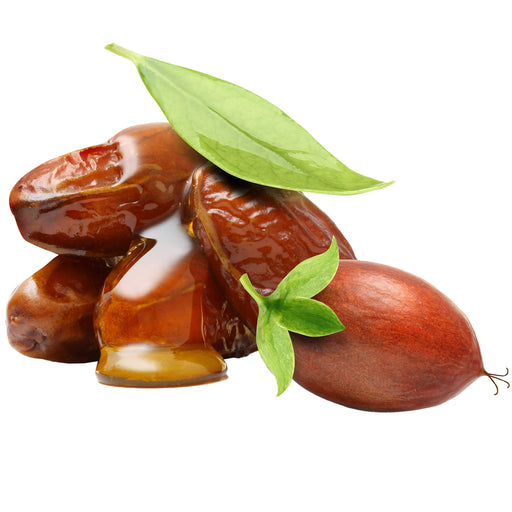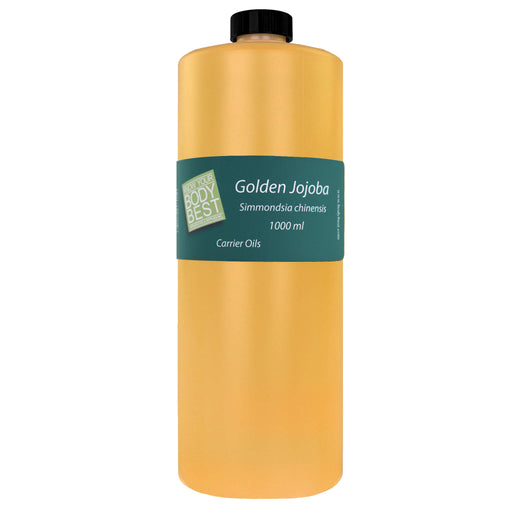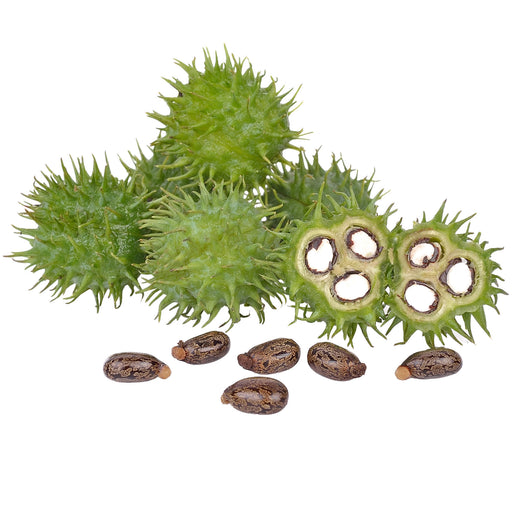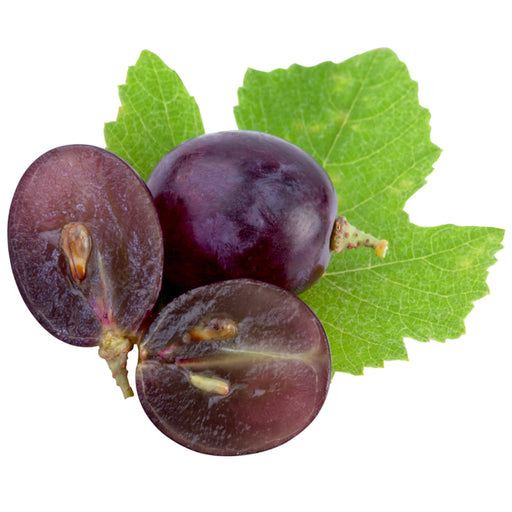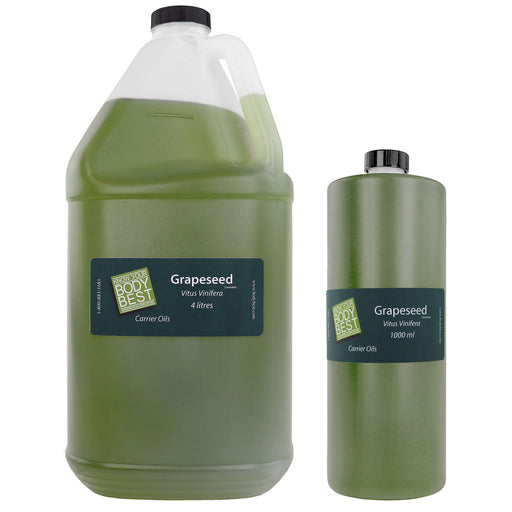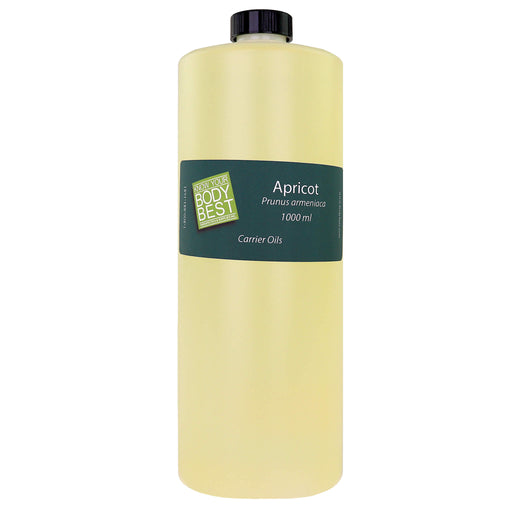over $250.00

What Can I Expect During Chakra Balancing? Your First Time Guide
Have you ever heard of chakra therapy? Rooted in ancient Hindu and Buddhist traditions, chakra therapy focuses on the body’s seven major energy centres, or chakras. Each chakra is associated with a specific colour, element, shape, sense organ, and aspect of personal wellbeing.
Think of chakras as meditation aids. Progressing from the lower chakras to the crown of the head represents the journey of spiritual ascent.
If you’re curious about what to expect during a chakra massage or how to benefit from chakra balancing, keep reading.
What Are Chakras?

The word chakra in Sanskrit means "wheel" or "disk." Chakras are energy centres that correspond to major organs, nerves, and emotional states. When chakras are open and balanced, energy flows freely, promoting overall wellbeing. Blocked chakras, however, can create emotional or energetic stagnation.
How Many Chakras Are There?
While the human body contains over 100 chakras, most people focus on the seven primary ones. These chakras correspond to 72,000 energy channels called nadis. Each chakra has its own vibrational frequency and influences specific behaviours, emotions, and physical aspects.
The Seven Major Chakras

Chakras of Matter
- Muladhara (Root Chakra) – Base of the spine; security, stability, grounding.
- Svadhisthana (Sacral Chakra) – Below the navel; creativity, sexuality, joy.
- Manipura (Solar Plexus Chakra) – Between navel and breastbone; personal power, confidence.
Chakra of Connection
- Anahata (Heart Chakra) – Centre of chest; compassion, love, emotional balance.
Chakras of Spirit
- Vishuddha (Throat Chakra) – Throat; communication and self-expression.
- Ajna (Third Eye Chakra) – Between eyebrows; intuition, awareness.
- Sahasrara (Crown Chakra) – Top of the head; spiritual connection, enlightenment.
Preparing for Your Chakra Therapy Session
Before your session, reflect on your goals. Consider areas of your life where you feel blocked or seek balance. Your therapist can help you focus on specific chakras to improve energy flow.
What Happens During Chakra Therapy?
Wear comfortable clothing and be ready to discuss your intentions. A typical session may include:
- Discussion of goals or challenges
- Energy scanning and chakra assessment by the therapist
- Use of hands, stones, or coloured crystals to support energy alignment
- Optional aromatherapy integration with essential oils (learn more)
- Post-session discussion and personalized self-care plan
Maximizing the Benefits
Chakra therapy is highly individual. You can enhance your experience by:
- Practicing mindfulness or meditation at home
- Journaling your intentions and energy goals
- Using essential oils on specific chakras (learn here)
- Scheduling follow-up sessions as recommended
Explore Chakra Therapy and Energy Healing
Chakra therapy can complement massage, physiotherapy, and wellness practices. Learn more about energy-focused therapies like Shirodhara Ayurvedic massage to support holistic health and energy flow.
Ready to begin your chakra balancing journey? Browse our chakra therapy products and tools to start aligning your energy today.
Featured collection
-
Original price $14.99 - Original price $124.99$14.99 - $124.99$14.99
Lowest Price per ml: $36.66
$9.99 - $109.99$9.99 - $109.99Current priceCurrent Price: $29.99
Price Per ml: $29.99
$9.99BodyBest Fractionated Coconut Massage Oil
BodyBestIn stockBenefits of BodyBest Fractionated Coconut Massage Oil Elevate your massage experience with our house-branded Fractionated Coconut Massage Oil, a pr...
View full detailsOriginal price $14.99 - Original price $124.99$14.99 - $124.99$14.99Lowest Price per ml: $36.66
$9.99 - $109.99$9.99 - $109.99Current priceCurrent Price: $29.99
Price Per ml: $29.99
$9.99Save up to 12% -
$0.00 - $0.00$0.00
Lowest Price per ml: $0.06
$14.99 - $59.99$14.99 - $59.99Current priceCurrent Price: $14.99
Price Per ml: $0.14
$14.99Golden Jojoba Oil
BodyBestOut of stockProfessional Golden Jojoba Oil for Clinical & Therapeutic Practice Golden Jojoba Oil is a professional-grade massage and treatment oil formulat...
View full details$0.00 - $0.00$0.00Lowest Price per ml: $0.06
$14.99 - $59.99$14.99 - $59.99Current priceCurrent Price: $14.99
Price Per ml: $0.14
$14.99Sold out -
$0.00 - $0.00$0.00
Lowest Price per ml: $0.03
$11.99 - $29.99$11.99 - $29.99Current priceCurrent Price: $11.99
Price Per ml: $0.04
$11.99Castor Oil
BodyBestIn stockProfessional Castor Oil for Targeted Therapeutic & Wellness Applications Castor Oil is a high-viscosity, professional-grade oil formulated for ...
View full details$0.00 - $0.00$0.00Lowest Price per ml: $0.03
$11.99 - $29.99$11.99 - $29.99Current priceCurrent Price: $11.99
Price Per ml: $0.04
$11.99 -
$0.00 - $0.00$0.00
Lowest Price per ml: $0.02
$29.99 - $99.99$29.99 - $99.99Current priceCurrent Price: $29.99
Price Per ml: $0.02
$29.99Grapeseed Oil
BodyBestOut of stockUses and Benefits of Grape seed Oil Grape seed oil has anti-inflammatory and antimicrobial properties. In addition, the oil is rich in omega chain ...
View full details$0.00 - $0.00$0.00Lowest Price per ml: $0.02
$29.99 - $99.99$29.99 - $99.99Current priceCurrent Price: $29.99
Price Per ml: $0.02
$29.99Sold out -
$0.00 - $0.00$0.00$29.99$29.99 - $29.99Current price$29.99
Apricot Oil Cold Pressed 1L
BodyBestOut of stockProfessional Cold-Pressed Apricot Oil for Massage & Body Treatments Cold-Pressed Apricot Oil is a lightweight, professional-grade massage oil f...
View full details$0.00 - $0.00$0.00$29.99$29.99 - $29.99Current price$29.99Sold out


